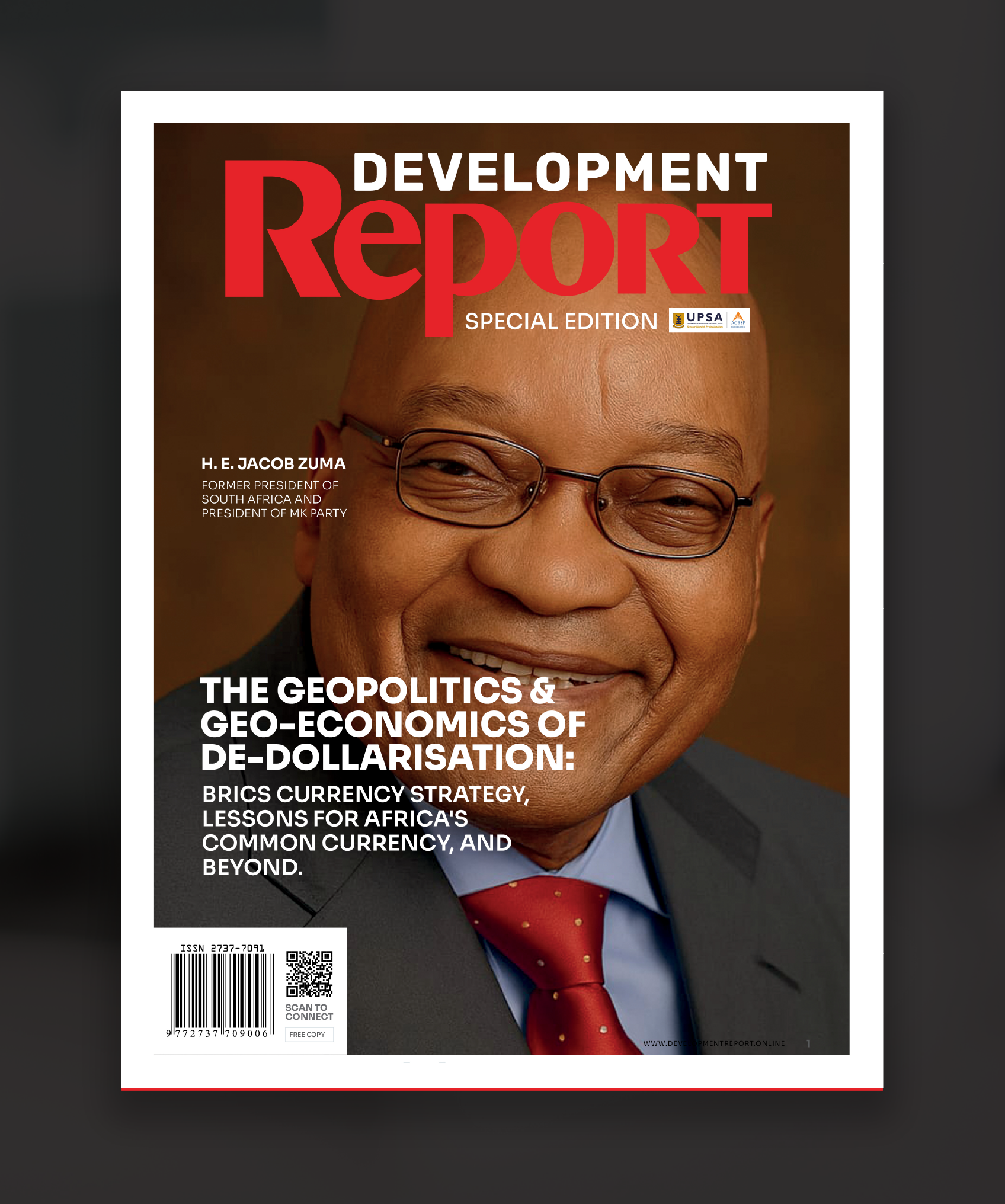The Journey
Modernization is a universal cause that affects all of humanity. There is no single paradigm or solution to modernization. The nature and rate of modernization can differ greatly from one culture or country to the next, reflecting their own historical, cultural, and economic settings, as long as the road suits its conditions and meets the needs of its people for progress.
In the history of humanity, China’s modernization—a nation home to 1.4 billion people—continues to be monumental and has had far-reaching positive outcomes for our world today.
China’s modernization strategy, initiated in the late 1970s, represents a transformative endeavor aimed at elevating the nation into a global economic and technological powerhouse. The strategy can be seen as a transformative effort aimed at achieving national rejuvenation, economic prosperity, and social stability. This strategy encompasses various aspects, including economic development, technological advancement, infrastructure improvement, military modernization, and poverty alleviation.
Through a multifaceted approach encompassing economic reforms and opening-up, infrastructure development, technological advancements, education and workforce development, global engagement, diplomacy, etc., China’s modernization strategy stands as a testament to the nation’s vision, determination, and adaptability.
China has achieved unparalleled progress through a holistic approach to modernization. As the nation continues to evolve, its modernization strategy serves as a blueprint for sustainable development and a model for nations aspiring to achieve similar economic and technological advancements in the contemporary global landscape.
China’s modernization strategy is deeply rooted in the nation’s historical journey, which saw significant challenges and efforts spanning centuries. Despite once leading the world economically and technologically, China faced setbacks, notably during the Opium War era, hindering its progress. However, the establishment of the People’s Republic of China in 1949 provided a fundamental basis for modernization. Since then, China has made remarkable strides, evident in its transformation from $12.14 million in bilateral trade with Africa in 1950 to a staggering $254.3 billion in 2021.
This historical context underscores China’s relentless pursuit of modernization, driving its multifaceted initiatives in economic growth, technological innovation, infrastructure development, education, and international collaboration. Through its Modernization Strategy, China continues to build on this legacy, aiming to achieve a “great modern socialist country” by the middle of the 21st century, contributing significantly to global progress.
Sino-African and Development Countries
China’s unique approach to modernization, rooted in socialism with Chinese characteristics, offers an alternative pathway to advancement. This approach prioritizes the well-being of its people and emphasizes the harmonious co-existence between humans and nature.
It has led to multiple global initiatives and programs that have become important stepping stones to boosting economic growth and development in Africa and developing countries.
China’s modernization strategy pivots around people-centered development, common prosperity, and the peaceful co-existence of humanity and nature. Through this approach, China has successfully lifted millions out of poverty and built a moderately prosperous society, even as the country looks ahead to achieve socialist modernization by 2035 and become a “great modern socialist country” by the mid-21st century.
Sino-African relations continue to receive positive feedback, highlighted by the significant increase in bilateral trade to US$254.3 billion in 2021, which plays a pivotal role in China’s modernization strategy. By actively engaging with Africa and being its top trading partner for 13 consecutive years, China aligns with its strategy of global economic integration and cooperation.
The substantial investments, including infrastructure projects across the African continent, reflect China’s commitment to fostering economic development and innovation beyond its borders. This collaboration resonates with China’s modernization goals by expanding economic opportunities, promoting technological advancements, and supporting infrastructure development on a global scale.
Furthermore, China’s agricultural modernization initiative in Africa reflects the country’s recognition of the continent’s agricultural potential. Despite existing challenges, China plans to enhance agricultural cooperation with Africa on multiple fronts. This initiative emphasizes principles of sincerity and collaboration, focusing on mutual visits, communication, and support for agricultural enterprises.
China aims to support Africa’s agricultural industrial chain development through the Common Africa Agro-Parks Program (CAAPs), engaging in localized production of agricultural inputs and improving productivity. Collaboration on agricultural technology between China and Africa will intensify through joint research centers, focusing on seed varieties and high-yield production.
The Belt and Road Initiative (BRI) has led to increased investment in Africa. Chinese companies have invested in various sectors such as manufacturing, mining, agriculture, telecommunications, and energy.
These investments have not only created employment opportunities but have also contributed to technology transfer, boosting industrialization drive, skills development, and increased production capacity in Africa.
The BRI’s focus on economic development aligns with Africa’s aspirations for sustained growth and poverty reduction. By investing in infrastructure and industries, the BRI has the potential to boost Africa’s economic growth and enhance its international competitiveness. Improved connectivity and trade facilitation can also lead to poverty alleviation and enhanced living standards for African communities.
China’s modernization initiative has been successful in transforming its economy and infrastructure. The Belt and Road Initiative has provided opportunities for many developing countries, including African countries, to benefit from China’s pursuit of modernization. Despite criticisms, the BRI remains a useful platform for promoting international trade, investment, and fostering economic growth.


